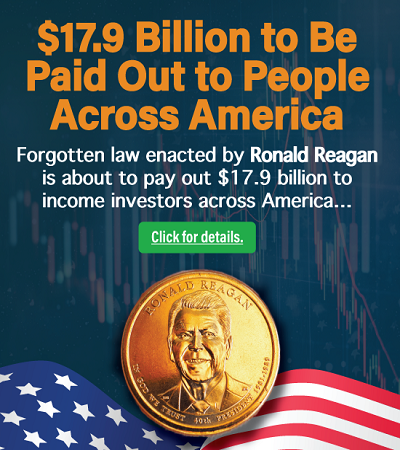With seemingly dozens of passive income ideas floating around in 2025, one of my favourite methods is to own dividend shares.
This strategy has a long history and isn’t just a new fad. Dividend shares are typically from companies that have sufficient cash flows and consistent profits. As such, they tend to be more mature and established.
Earning passive income from shares
Let’s crunch some numbers to see how an investor could earn £1,357 in monthly passive income. That means they’ll need to generate a £16,284 annual income.
To do that they’ll need a sizeable pot. The amount to invest depends on the average dividend yield of the portfolio.
Right now, the FTSE 100 offers a yield of around 3.5%. But many dividend shares offer 6%-8%. Some even offer over 10%, but these might involve more risk or could be unsustainable.
Here’s the investment required at different yields:
| Dividend yield | Calculation | Total required |
| 4% | £16,284 / 0.04 | £407,100 |
| 6% | £16,284 / 0.06 | £271,400 |
| 8% | £16,284 / 0.08 | £203,550 |
The person could go for a balanced approach and target a 6% dividend yield. According to my calculations, that means they’ll need a pot worth £271,400.
Realistic goals
Realistically, building such an amount won’t be possible with one single £10,000 investment. Instead, they’ll need to make regular and consistent contributions to grow it over time.
On average, I think it’s realistic to achieve a 9% return per year. In this scenario, this would likely be from a 6% dividend yield and 3% of share price growth.
After 10 years, I expect the pot to be worth over £150,000. But that’s still off target by over £120,000. Somewhat surprisingly, this should only take another four to five years. And that’s due to the wonders of compounding.
Choosing the best dividend shares
This strategy focuses on blue-chip shares. These companies are large, well-established, and financially solid.
In the UK, many of these are found in the FTSE 100. One Footsie dividend share the investor could consider right now is insurance business Aviva (LSE:AV.).
It currently offers a 6.4% dividend yield, and has been distributing dividend payments to shareholders for decades.
One of the things I like about insurance companies like Aviva is that they’re built on predictable cash flows. They collect premiums upfront from policy holders, and pay out any claims later. The difference between the two is typically invested.
A resilient business
2024 was a strong year for Aviva. It reported a 20% rise in operating profit, with insurance sales climbing 12%. It shifted towards more capital-light growth and raised its dividend.
In its most recent update, it also cited clear trading momentum, strong growth, and untapped potential ahead. This all sounds encouraging to me.
Despite being a relatively resilient business, there are risks to be aware of. For instance, claims related to floods, storms, and wildfires are rising. This can negatively impact underwriting profits.
It’s also important to diversify investments to spread risk and avoid putting all the eggs in one basket.
The investor could also consider adding National Grid and Schroders for this passive income strategy. Both offer a dividend yield of around 6% and meet the requirements outlined earlier.
This post was originally published on Motley Fool







